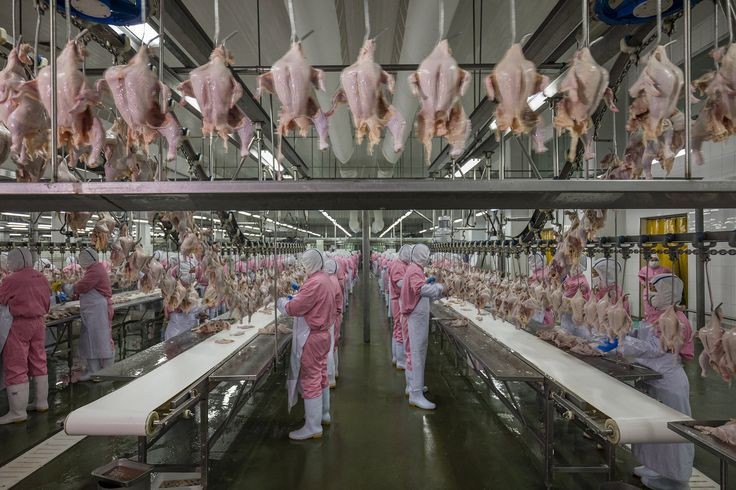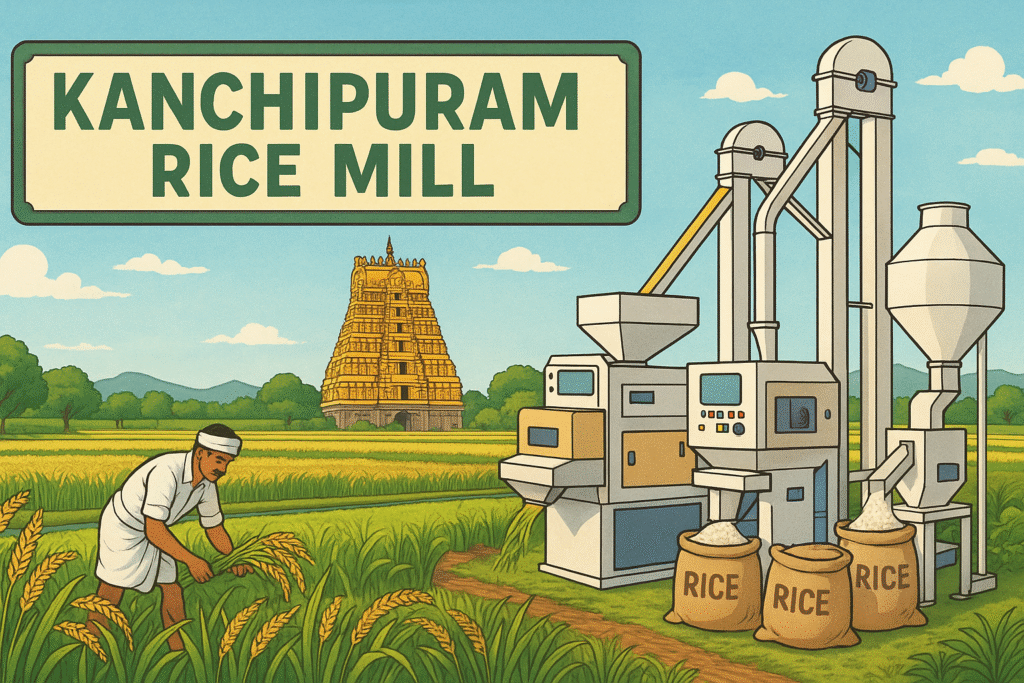Steam Boiler: The Unsung Hero of Chicken Processing

Behind the scenes of every succulent piece of chicken on your plate lies a hidden champion – the steam boiler. Often overlooked but undeniably vital, the steam boiler plays a crucial role in the intricate dance of chicken processing. In this blog post, we unveil the unsung hero that powers the heart of chicken processing plants, highlighting its indispensable contributions to ensuring food safety, quality, and efficiency.

1. The Engine of Heat: Steam Generation Process
At the heart of the steam boiler’s role in chicken processing is the generation of steam itself. Boilers utilize various energy sources, such as natural gas, electricity, or biomass, to heat water to its boiling point. The resultant steam is then distributed throughout the processing plant, providing the necessary thermal energy for a multitude of tasks.
2. Scalding: Feather Removal Made Easy
One of the initial steps in chicken processing is scalding, where the birds are immersed in hot water to facilitate feather removal. The steam boiler provides the heat required to maintain precise water temperatures in scalding tanks, ensuring an optimal environment for efficient feather plucking.

3. Sterilization and Hygiene
Steam plays a pivotal role in maintaining the highest standards of hygiene and food safety. Steam is used for sterilizing equipment, utensils, and processing areas, effectively eliminating harmful pathogens and bacteria that could compromise the quality of the final product.
4. Cooking and Blanching:
Steam boilers are instrumental in the cooking and blanching processes, which are crucial for certain value-added chicken products. The controlled application of steam ensures uniform cooking, preserving the flavor, texture, and appearance of the chicken.

5. Evisceration and Sanitization:
During evisceration, steam may be used to soften tissues, facilitating the removal of internal organs. Additionally, steam contributes to the sanitization of surfaces and equipment, minimizing the risk of cross-contamination and enhancing food safety protocols.
6. Heat for Processing Equipment:
From scalding tanks to cooking vessels and pasteurizers, numerous processing equipment units rely on steam for precise temperature control. The steam boiler’s ability to provide consistent and adjustable heat plays a pivotal role in ensuring the desired results across various processing stages.
7. Energy Efficiency and Environmental Considerations:
Modern steam boilers are designed with energy efficiency in mind. Advanced technologies, such as condensing boilers, recover and reuse heat, minimizing energy waste. Sustainable practices, such as utilizing renewable energy sources or optimizing fuel consumption, contribute to reducing the environmental footprint of chicken processing operations.
Conclusion:
In the intricate symphony of chicken processing, the steam boiler takes center stage as the unsung hero that powers the entire production process. From scalding and sterilization to cooking and sanitation, the steam boiler’s role is integral to maintaining food safety, product quality, and operational efficiency. As the chicken processing industry continues to evolve, the steam boiler’s vital contribution will remain an indispensable element, ensuring that the journey from farm to table is not only delicious but also safe, hygienic, and environmentally conscious.








